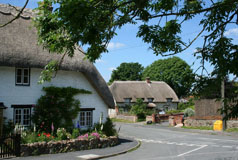
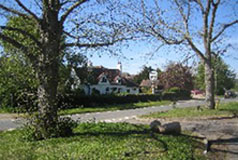
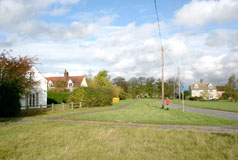
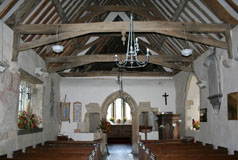
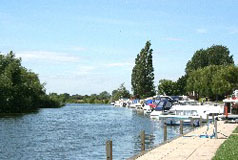
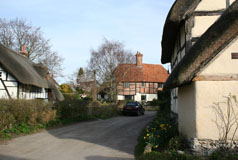
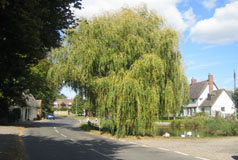
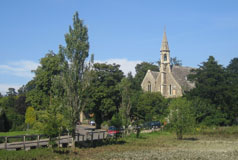
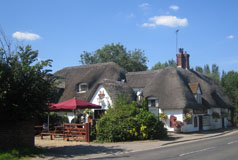
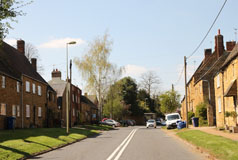
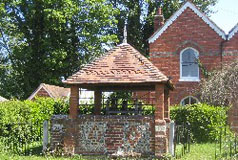
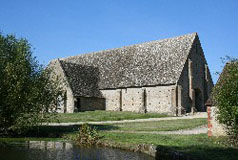
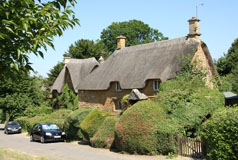
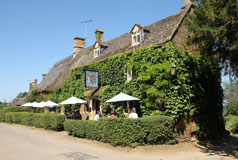
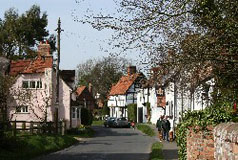
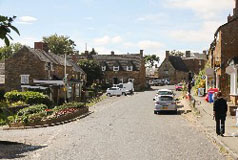
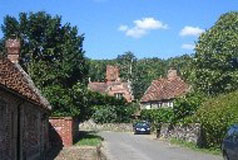
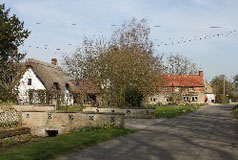
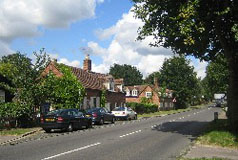
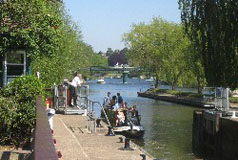
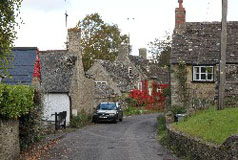
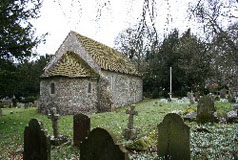
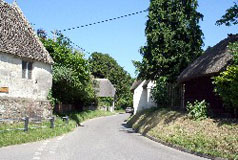
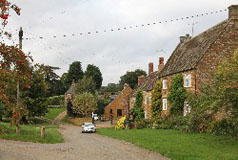
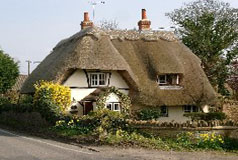

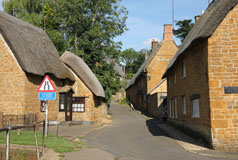
|
ASTON ROWANT
The road winds through the village towards the village green which is privately owned. The green is dotted with trees and has attractive daffodils in the spring. Around the green is a farmhouse and cottages, which were mainly built in the 18th and 19th centuries. There used to be a fine manor house in the village said to have been 'one of the remarkable seats in the county’, with its park and gardens and a two and a half acre lake. The house was built in 1352 but eventually burned down in the mid-20th century. Now the park and walled kitchen garden have been built on and there is no sign of the lake. To the east of the village is the village school and beyond that the village is linked to nearby Kingston Blount by a footpath known as the Coffin Path. The village at one time was served by the Watlington to Princes Risborough branch line (now no longer there), and the station was used for the films My Brother Jonathan and The Captive Heart in the 1950s. Aston Rowant is just off the B4009 about 4.5 miles south of Thame. |
|




